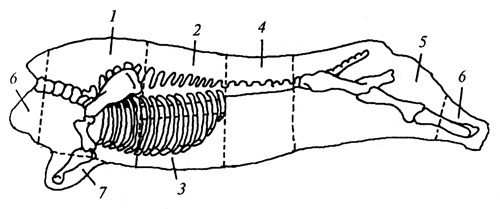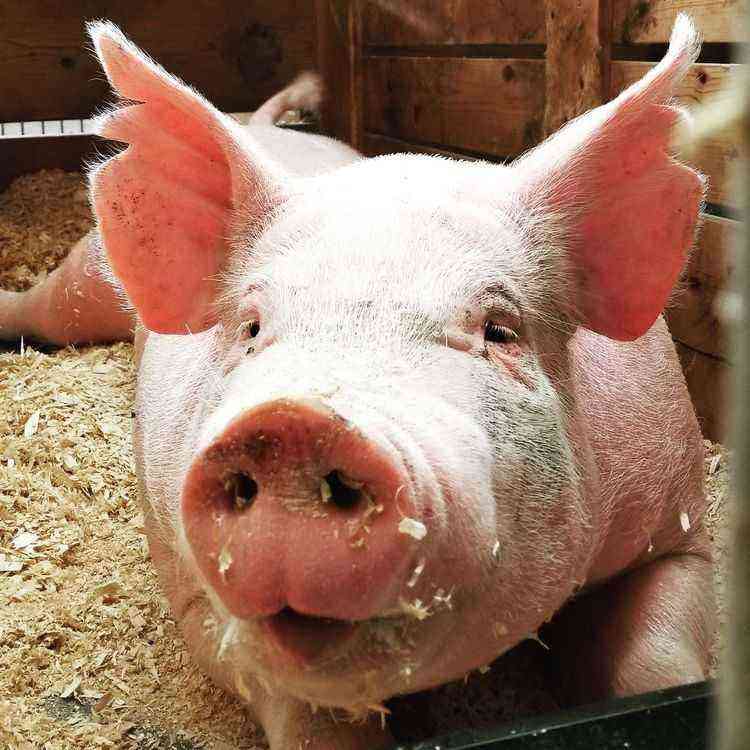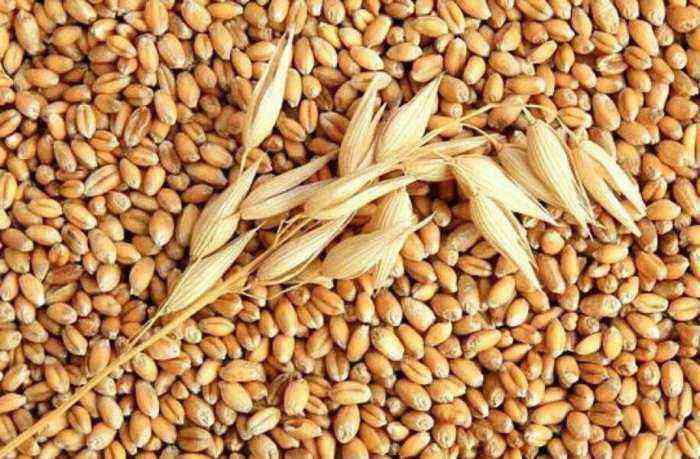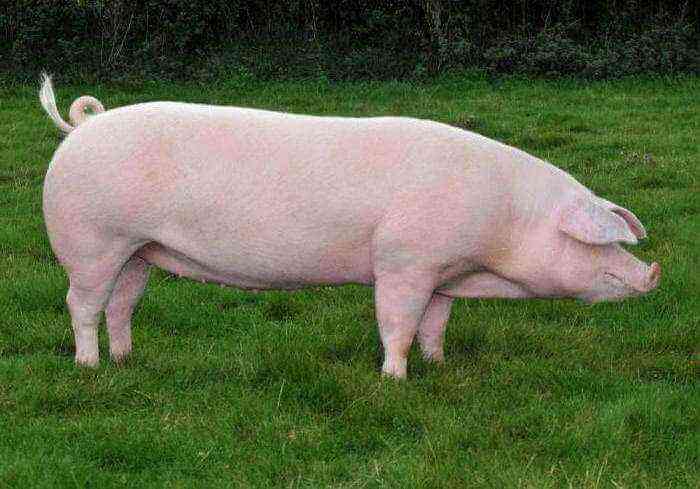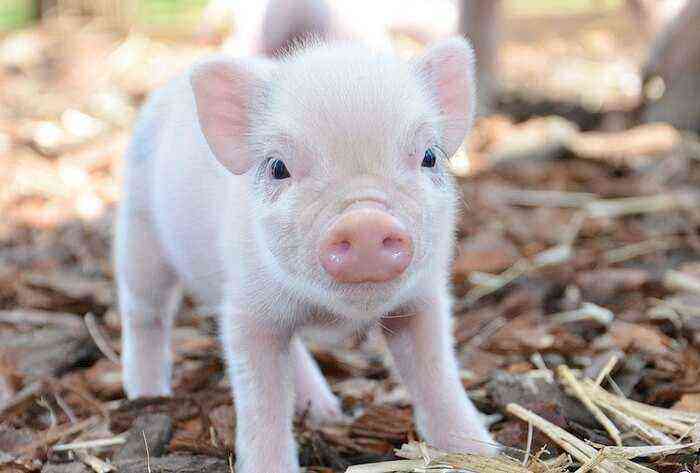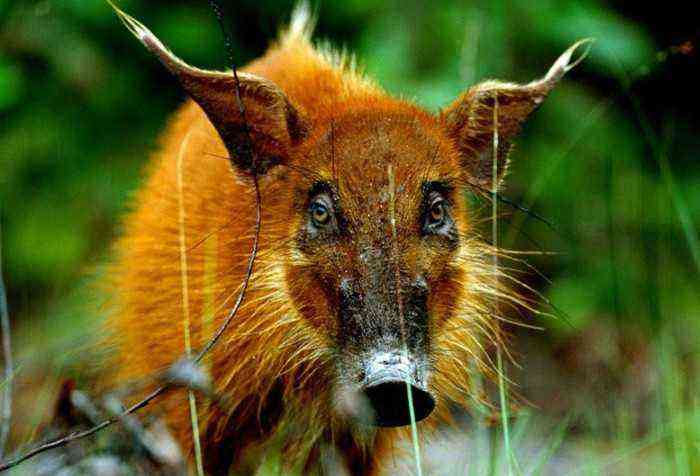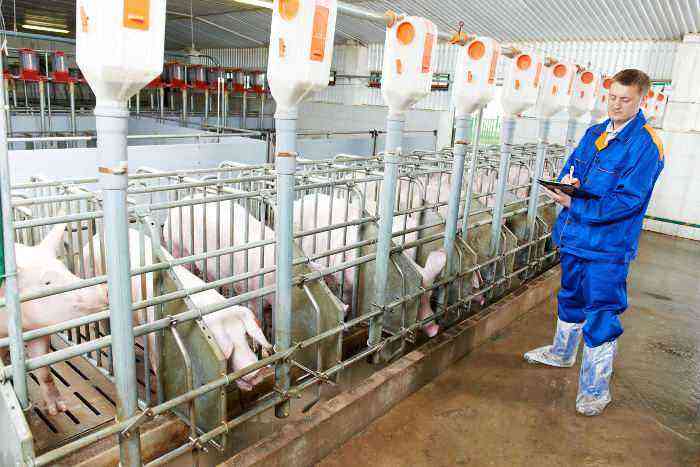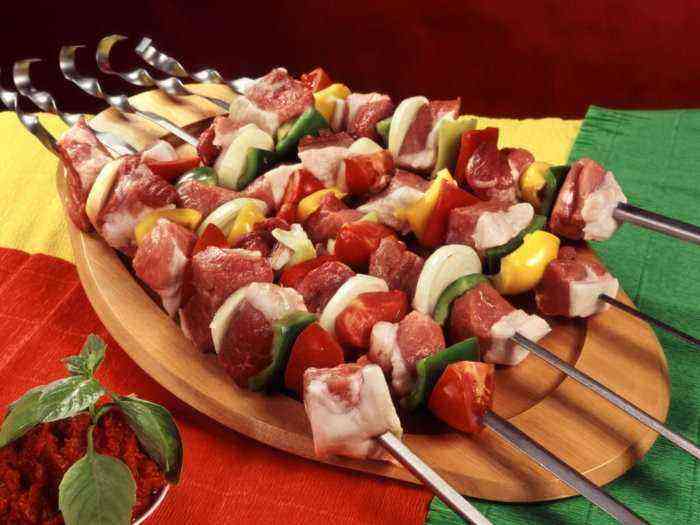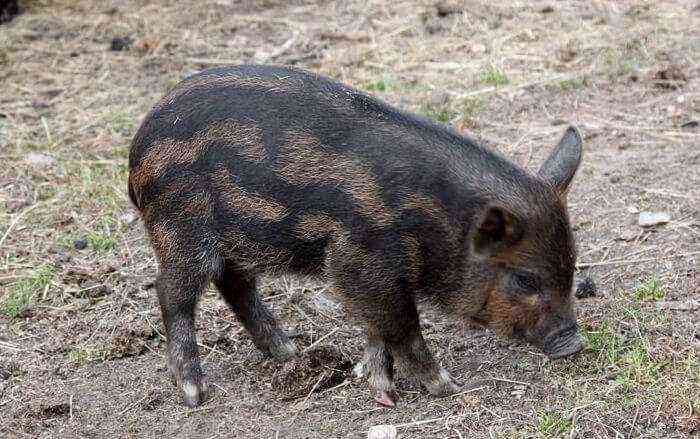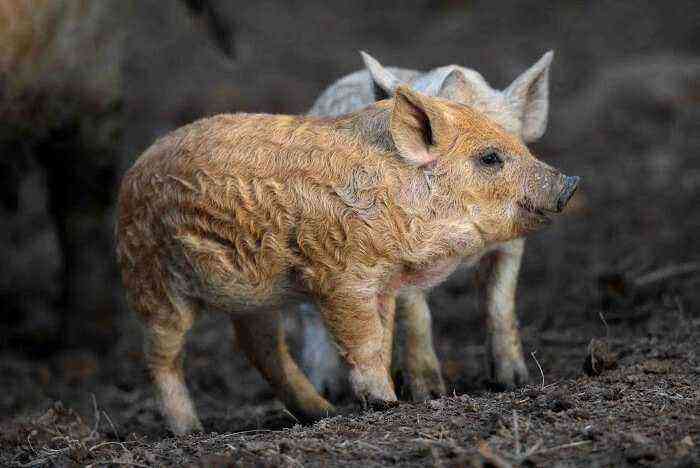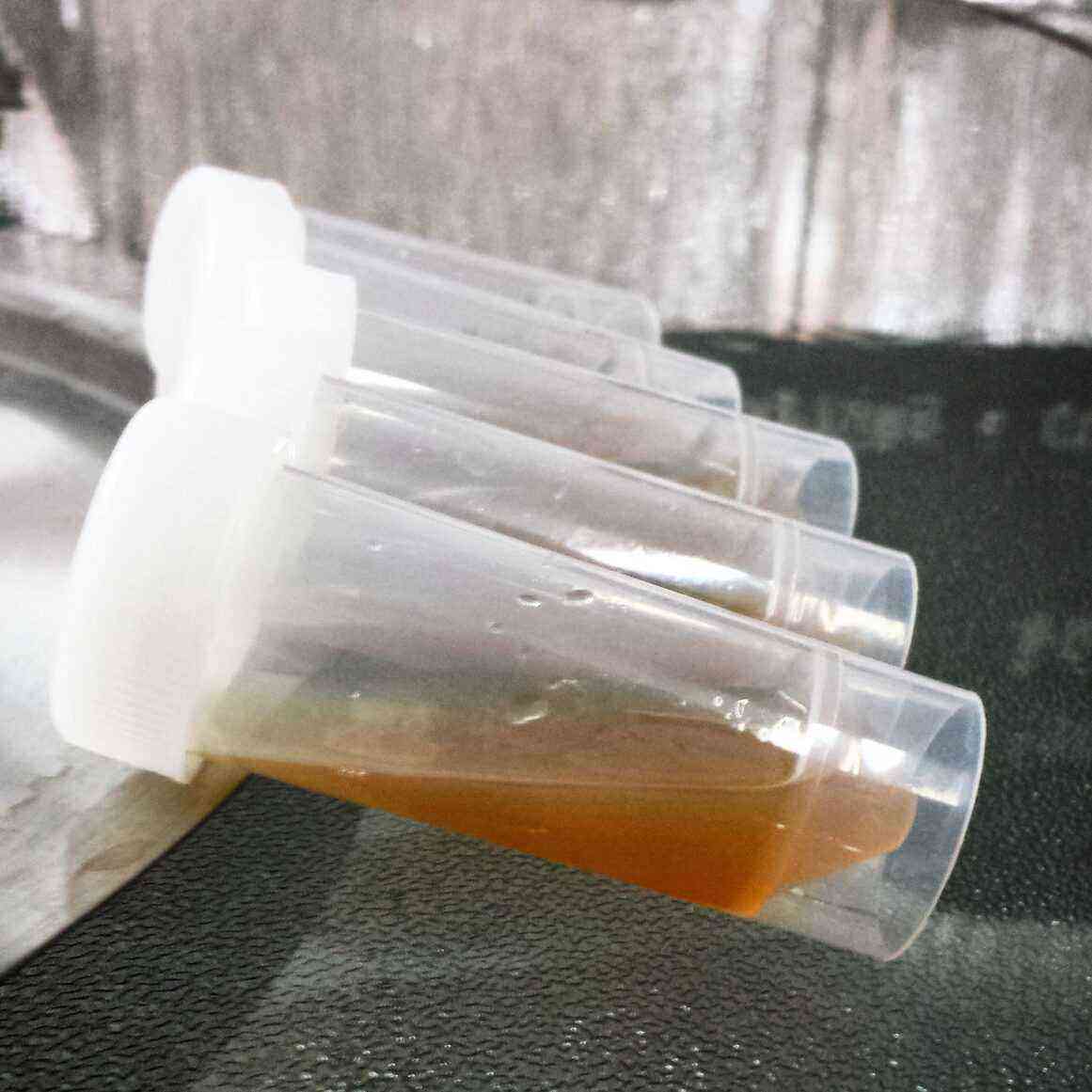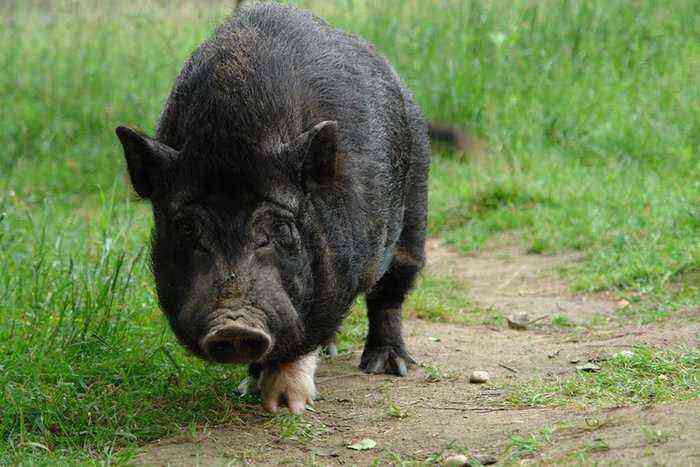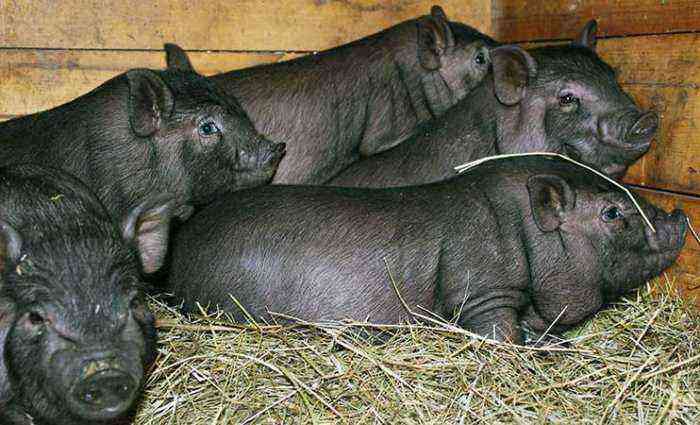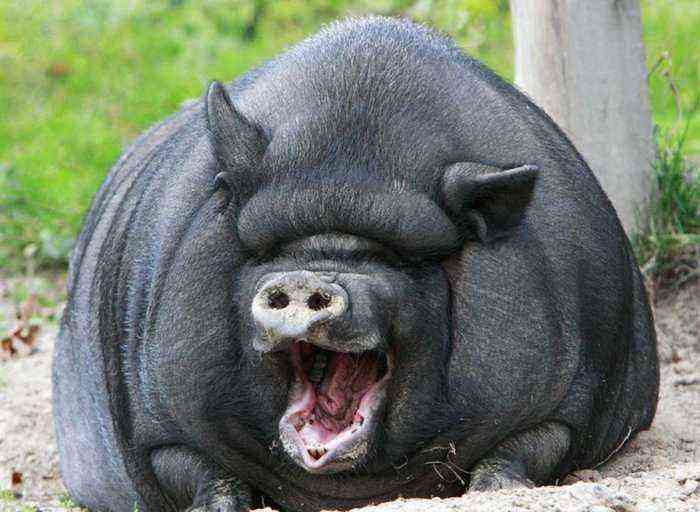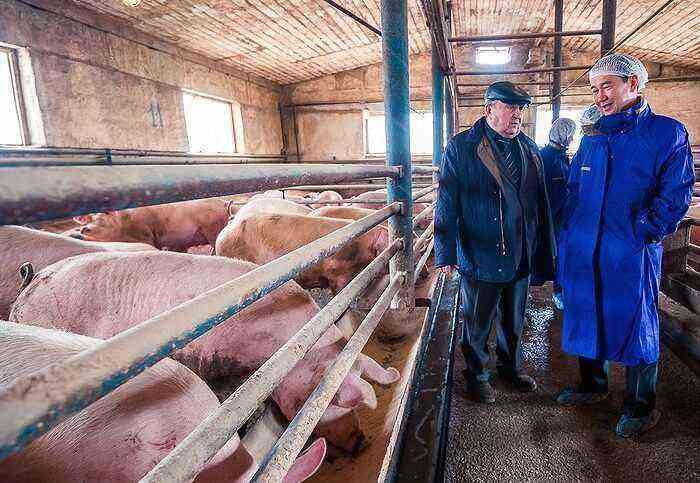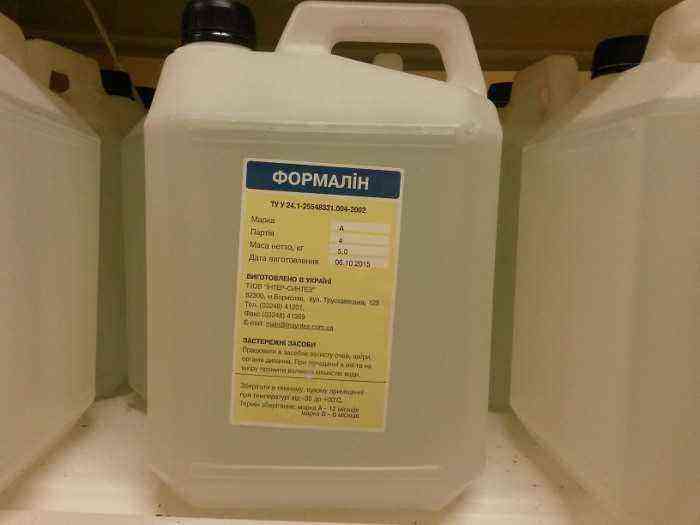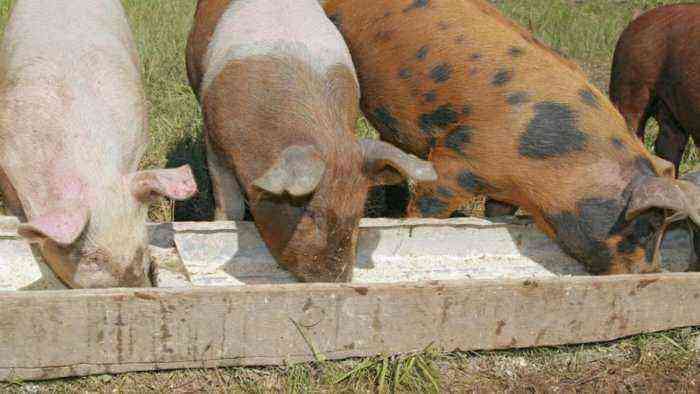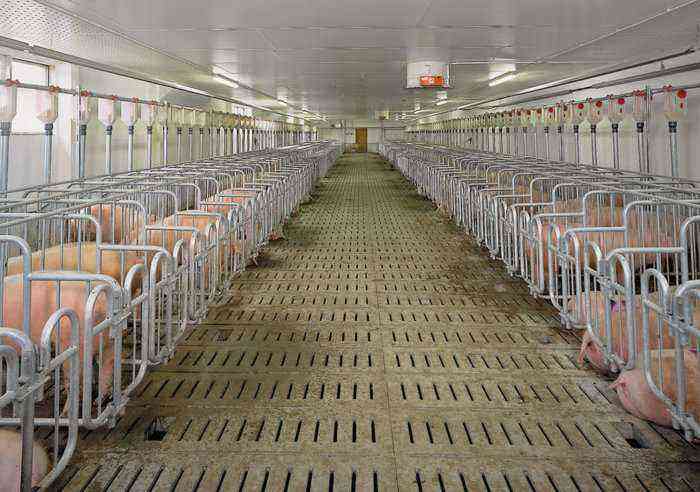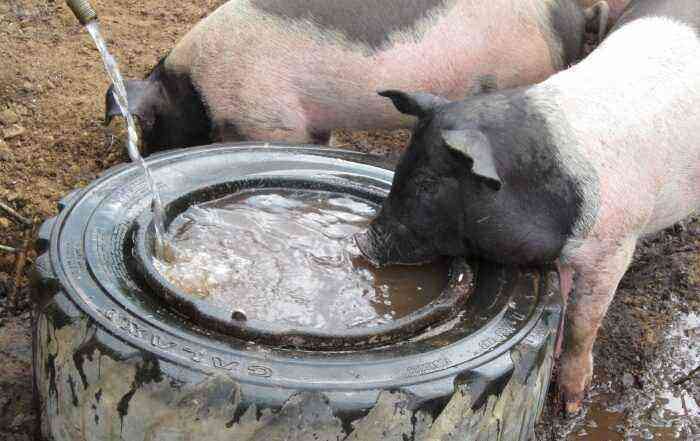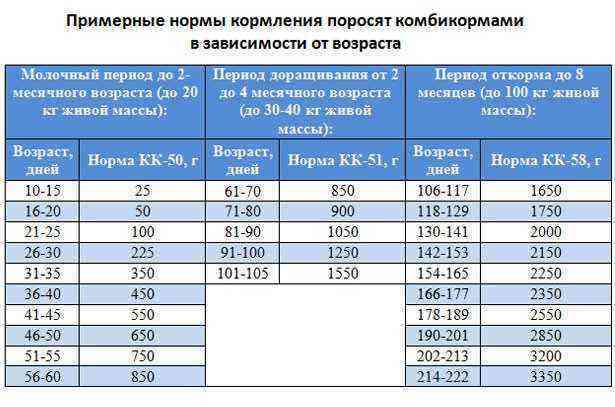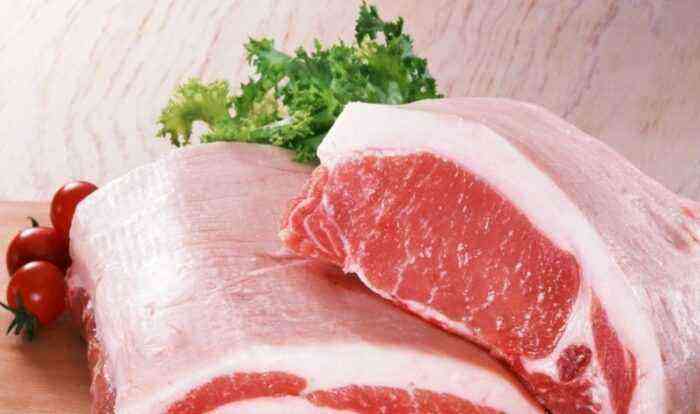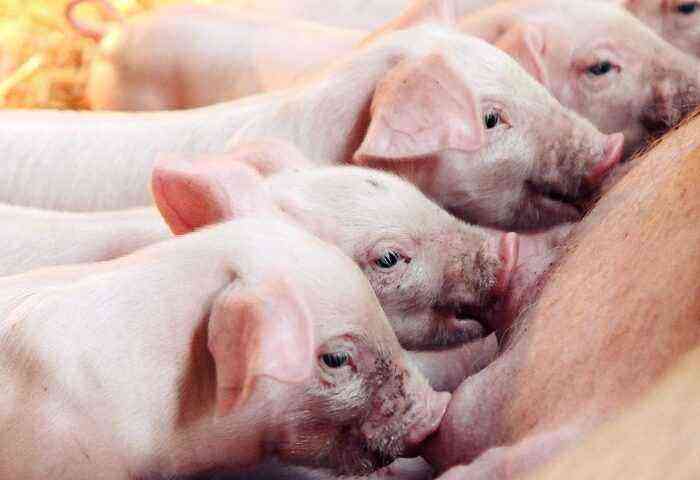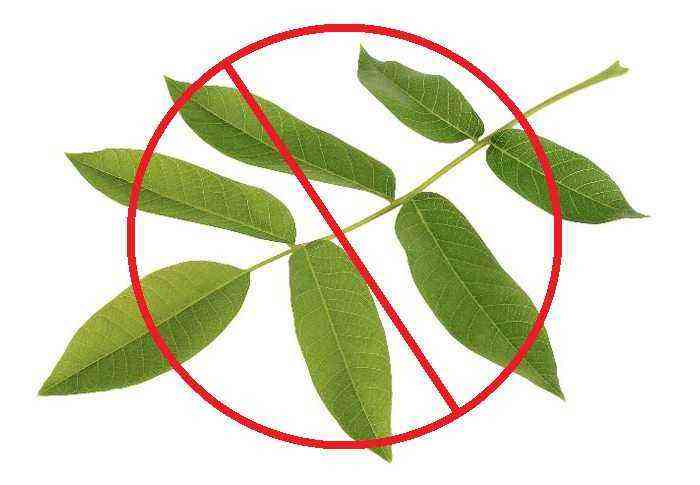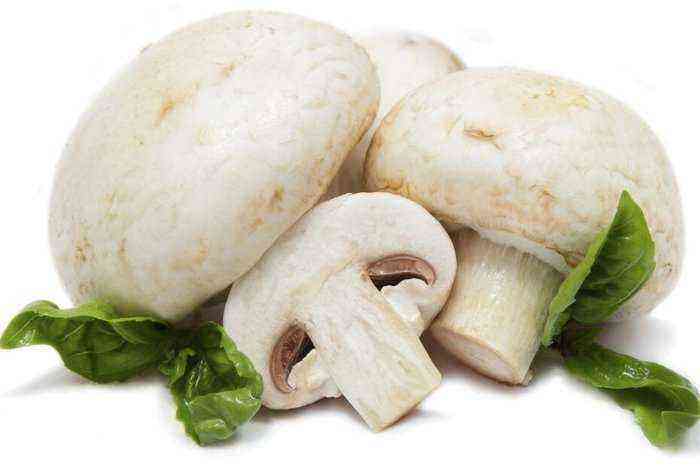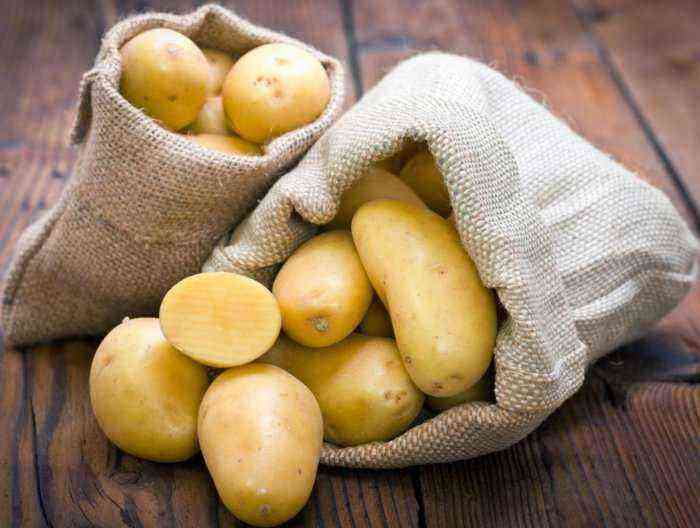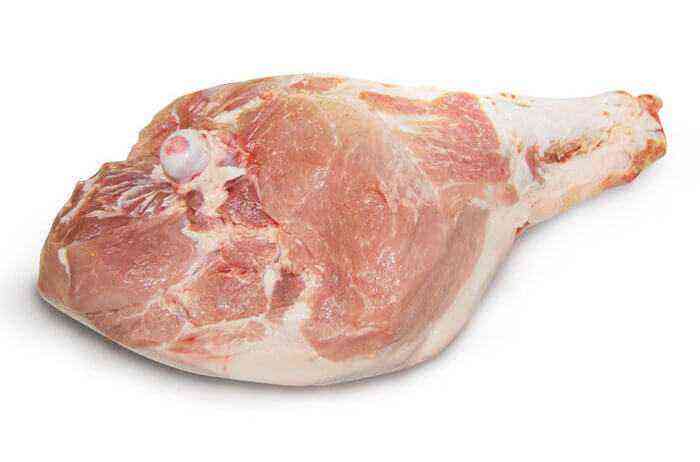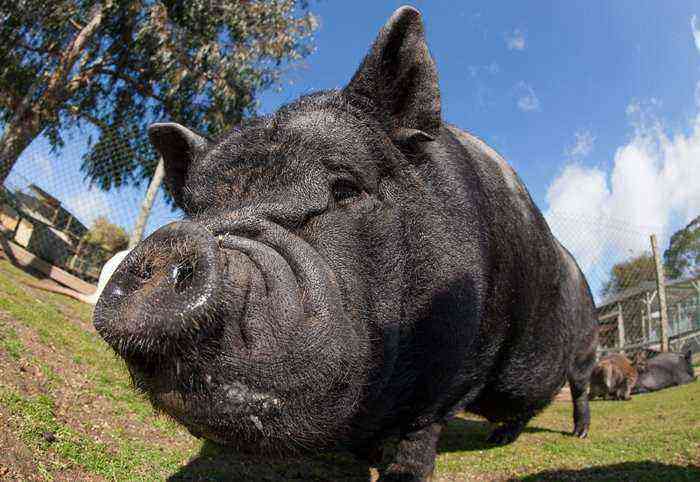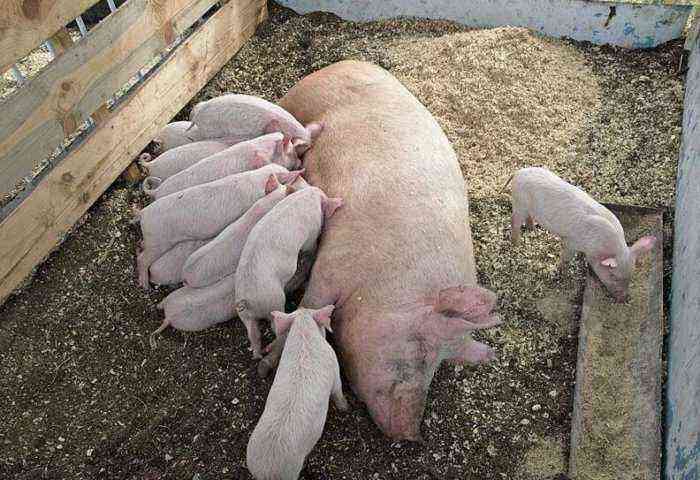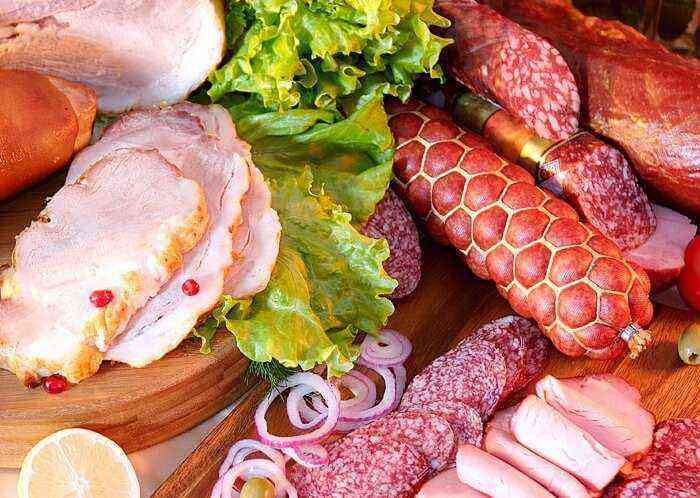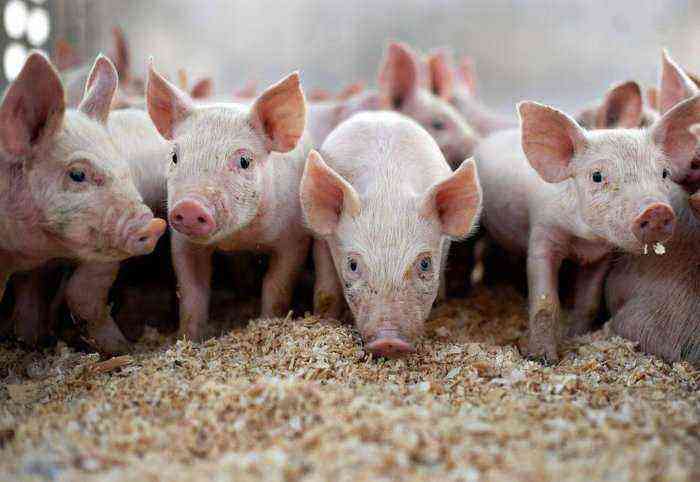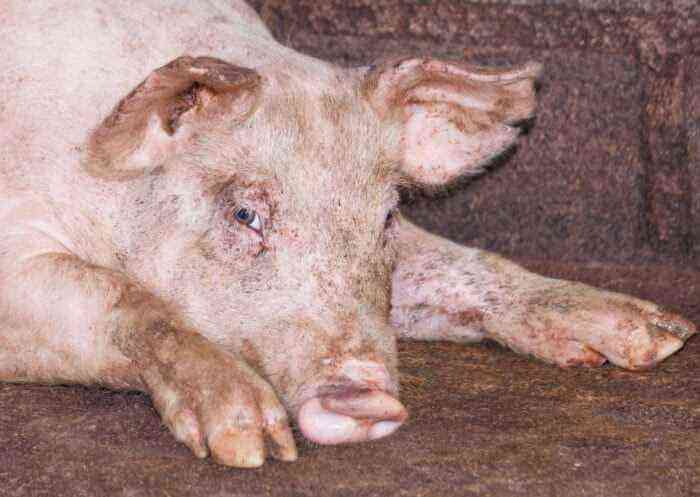To study the meat-fat qualities, the right half-carcasses of pigs are used after cooling in the freezer for at least 12 hours. The assessment is carried out according to the measurement results (see Fig.).
Measurements and parts of the carcass of a pig
1 – measurement of the back width of the carcass; 2 – measurement of the front width of the carcass; 3 – measurement of the length of the carcass; 4 – back ham; 5 – middle part; 6 – front ham (scapular part); 7 – hock joint; 8 – lower leg; 9 – sacrum; 10 – flank and brisket; 11 – ribs
The length of the carcass is measured from the edge of the fusion of the pubic bones to the anterior surface of the first cervical vertebra, expressed in centimeters. The front width of the carcass is measured with a ruler from the upper edge of the half carcass to the outer surface of the skin on the chest (along the chest depth line). The rear width of the carcass is measured from the outer supra-sacral layer of fat at the level of the maklaks to the outer surface in the groin area. The best carcasses are characterized by an equal width of the front and back. In the worst carcasses, the width of the front part is much greater than the width of the back.
The cutting of pig carcasses by grade is shown in the following figure.
Each half-carcass is subdivided into 7 varietal cuts, which are divided into 2 grades.
Varietal parts of the pig carcass GOSTу
I grade: 1 – scapular part; 2 – dorsal part; 3 – brisket; 4 – lumbar part; 5 – ham.
Grade II: 6 – tanks with a neck notch; 7 – forearm (knuckle); 8 – drumsticks
Grade I includes ham, brisket, lumbar (with flank), dorsal and shoulder parts. The total yield of cuts of grade I is 94% of the weight of the half carcass. Grade II includes tanks with a neck notch, forearm (knuckle) and drumsticks, which make up 6% of the weight of the half carcass. Grade II cut boundary: forearm (knuckle) – along the line through the shoulder joint; shank – along the line through the upper third of the tibia. In the distribution network, varietal cuts of carcasses are cut into smaller pieces (0,5-1,5 kg) so that the tissues included in them are evenly distributed. When cutting, the loss of meat in the form of crumbs is avoided, the soft part is cut, and the bones are cut across.
In the production of bacon, the weight of half carcasses is taken into account; back leg, loin, brisket, back and front legs. Evaluation of the development of hams is best done on the carcass before opening the abdominal cavity.
To determine the uniformity of the distribution of fat on the ridge and the color of muscle tissue (light red, red, dark red), 10-15 carcasses are evaluated. To take the main measurements, a measuring tape and a caliper are used, measurements are carried out on the left half carcasses.
The thickness of the fat is measured with a caliper along with the skin (expressed in millimeters) in the thickest part of the withers, over the 6-7th thoracic vertebrae, over the first lumbar vertebrae, on the sacrum (above the 1st, 2nd and 3rd sacral vertebrae) and determine the average of three measurements.
The average thickness of the abdominal wall is set in three measurements along the line of the nipples (10 cm behind the xiphoid process, in the middle of the abdominal part, 5 cm in front of the last nipple) and is expressed in millimeters.
The carcass with a uniform thickness of bacon and abdominal wall throughout the body is considered the most valuable.
The length of the side is measured in centimeters from the anterior edge of the pubic bone to the middle of the anterior edge of the first rib.
The area of u2bu0,8bthe “muscle eye” (S, cmXNUMX) is determined on a transverse section of the longest muscle of the back between the last thoracic and first lumbar vertebrae, multiplying the height by the width of the section and the resulting product by a factor of XNUMX (use a planimeter or contours taken on tracing paper).
To determine the percentage of meat: lard: bones, carcasses are deboned.
By probing over the 6-7th thoracic vertebrae, the hardness of the fat is determined (hard, medium, soft).
When evaluating bacon carcasses, attention is paid to the evenness of the fat (limit not more than 2 cm), the color of the muscle tissue and the presence of a muscle layer in the chest area (not less than 2 cm).
